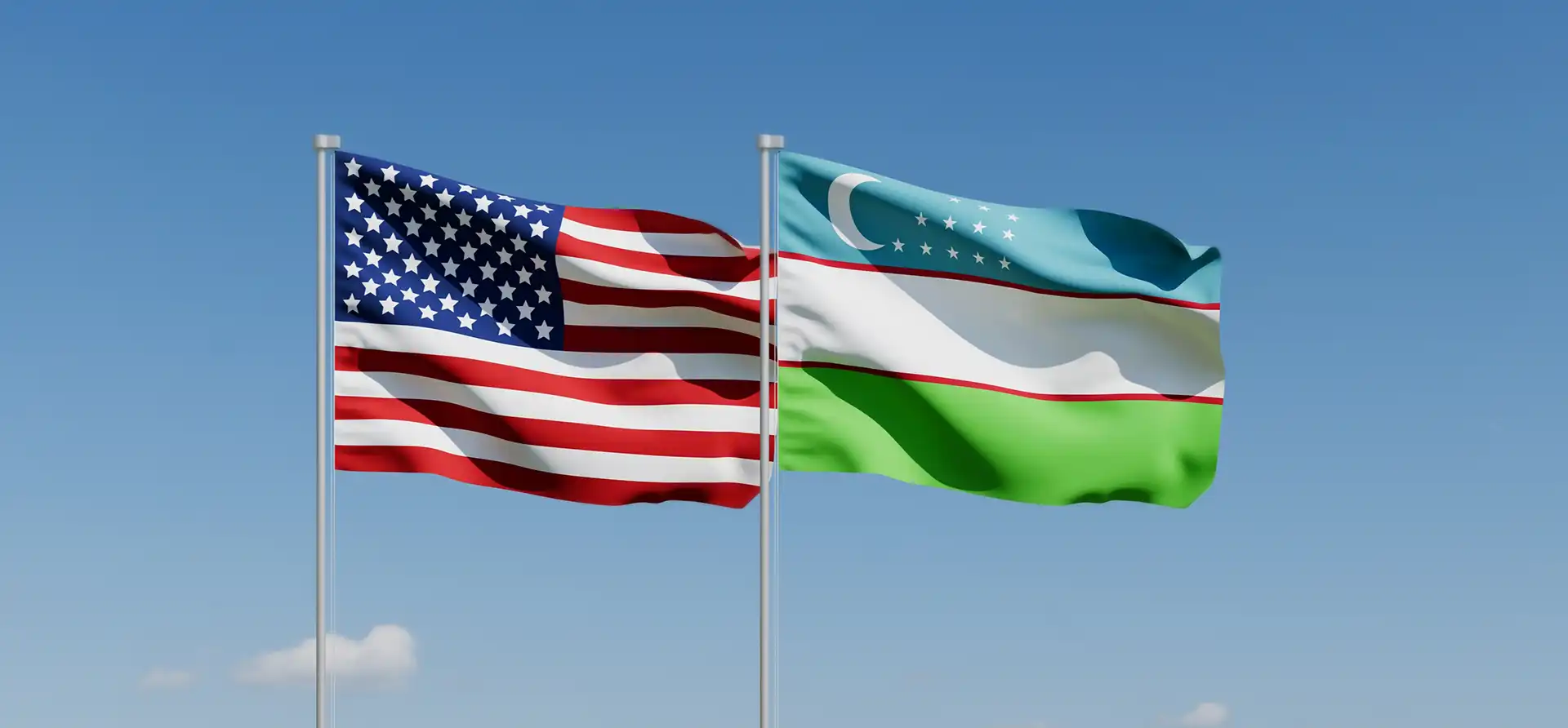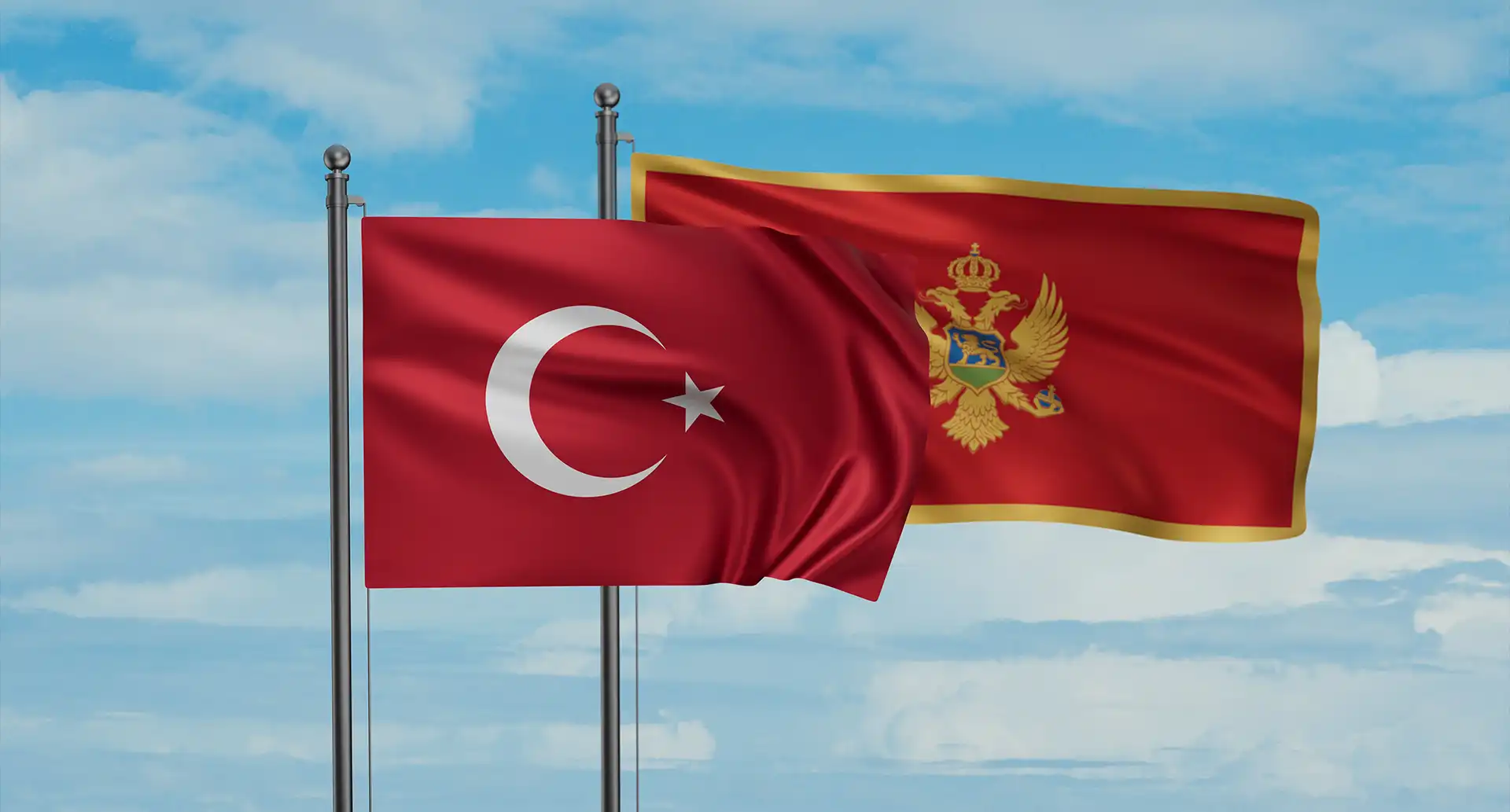
US visa
Traveling to the US
The United States of America is one of the most popular destinations in the world for tourism, study, work, and immigration. Travelers come from all over the world looking to obtain a US Visa. There are many types of US visas for both short-term and long-term periods of stay, that travelers can apply for.
If you are from one of the below “Visa Waiver Program” countries, you will not need a visa in order to make short trips (i.e. visits lasting 90 days or fewer) to the United States for tourism or business reasons (so long as you receive authorization via the ESTA visa waiver program for USA):*
Andorra, Australia, Austria, Belgium, Brunei, Chile, Croatia, Czech Republic, Denmark, Estonia, Finland, France, Germany, Greece, Hungary, Iceland, Ireland, Italy, Japan, Latvia, Liechtenstein , Lithuania , Luxembourg, Malta, Monaco, Netherlands, New Zealand, Norway, Poland, Portugal, San Marino, Singapore, Slovakia, Slovenia, South Korea, Spain, Sweden, Switzerland, Taiwan, United Kingdom
If you are from a country not on the above list (i.e. you are a citizen of another country) you will most likely need a visa to enter the USA.
*Please note that the ESTA USA is a simple electronic authorization required from VWP holders (rather than an actual visa).
US visa categories
There are two main categories of US visas: immigrant and non-immigrant. The non-immigrant US visa is for short term visitors; immigrant visas are for long-term stays. You should apply for an immigrant visa if you are looking to live in the United States (rather than simply visit). You should apply for a non-immigrant US visa if you want to visit the country. In general, foreigners looking to work and study in America for years (rather than weeks or months) should apply for an immigrant visa.
US visa types
There are numerous US visa types (and subtypes) of non-immigrant and immigrant visas. The most popular US visa types are listed below:
Immigrant visas:
Employment-based Immigrant visas
For foreigners pursuing US entry and long-term stay in exchange for taking permanent and significant employment in the United States. Subtypes of the Employment-Based Immigrant Visas USA include:
- EB-1 Visa (Employment First Preference: Priority Worker and Persons of Extraordinary Ability)
- EB-2 Visa (Employment Second Preference: Professionals Holding Advanced Degrees and Persons of Exceptional Ability)
- EB-3 Visa (Employment Third Preference: Skilled Workers, Professionals, and Unskilled Workers)
- EB-4 Visa (Employment Fourth Preference: Certain Special Immigrants)
- EB-5 Visa (Employment Fifth Preference: Immigrant Investors)
Diversity Immigrant visa
Family-based Immigrant visas:
- IR1, IR2, IR3, IR4, IR5 Visas (Spouse Visa to USA, also parent and child)
- F2A, F2B Visas (spouse, child of permanent resident)
- F3 Visa (married children)
- F4 Visa (sibling)
- K-1 Fiancé Visa
- K-3 Spouse Visa to USA
Non-immigrant visas:
Visitor visas B
For foreigners looking to “visit” the US (i.e. enter without the intention of living there) to accomplish short term objectives, including sightseeing and temporary work. Subtypes of the US Tourist visa include:
Student Visas F M
For foreigners looking to attend school in the US. Subtypes include:
Trade Treaty (E-Visa):
For foreigners from “Treaty” countries who are pursuing US entry in order to conduct trade (a term inclusive of multiple activities that can include tourism, and banking—for example) or oversee and monitor the activities of an entity in which they are a significant investor. Subtypes include:
Transit visa (C-Visa)
For traveling foreigners who need to briefly enter US territory (typically via a connecting flight at a US airport) in order to reach their final destination.
Visa Waiver Program VWP
Foreigners from “Visa Waiver Program” countries looking to make short trips (i.e. visits lasting 90 days or fewer) to the United States for tourism or business may enter the US through the VWP (pending their receipt of the Electronic System for Travel Authorization (ESTA Visa USA).
Additional non-immigrant visas:
Temporary Employment visas: H and L1 Visa to USA, O P Q
- H-1B, H-1C, H-2A, H-2B, H-3 Visas (Temporary Work visa for USA)
- L1 Visa to USA
- (Intra-company transferee)
- O-1, O-2 Visas (Extraordinary Temporary workers)
- P-1, P-2, P-3 Visas (Artistic/Cultural Temporary workers in exchange)
- Q-1 Visa (Cultural Exchange Program)
Exchange Visitor visa J (J1 Visa USA, J-2 dependants)
Media visa I
Diplomats & Foreign Officials:
- A-1, A-2, A-3 visas
- G-Visa (NATO and IOs)
Temporary Religious Work visa for USA (R-1 Visa)
Crewmember visa D-Visa
T visa (Human Trafficking victims)
U visa (Criminal Activity Victims)
US visa requirements
The US visa application consists of various documents and materials. The specific documents you submit will depend on your visa category (immigrant vs. nonimmigrant) and visa type (US Visitor visa, Student visa, J1 Visa USA, etc.). For example, if you are visiting on a non-immigrant Student visa you will likely be asked to show your acceptance letter from the American academic institution you seek to attend.
All applicants, regardless of what category or type of visa they seek, must generally submit the following:
US visa application
Almost all US visa applicants are required to submit, at minimum, either the DS-160 or DS-260, depending on whether they are applying for a non-immigrant or immigrant visa, respectively. Depending on the type of visa they are submitting, they will likely have to submit additional forms.
Applicant photo
Colorized, recently captured, passport-sized image, which can be submitted electronically as a component of the application form or alternatively submitted as a physical document
Passport
A government-issued, valid travel document, with an expiration date that covers the entirety of your US visa period, plus an additional six months
Payment (with confirmation)
Complete payment (and payment confirmation) of the US visa application fee related to your specific visa type (alternatively, you may be directed to pay for your visa during your visa appointment).
US visa application
How you apply for your visa depends on a number of factors, including your application destination, visa category, and other factors. However, applicants should generally follow these basic US visa steps to apply for a US visa:
- Determine when you need to travel
Consider your general timeframe for traveling, so that you receive your visa early enough to travel and take the appropriate US visa steps.
- Find your application destination
All US visa applicants must apply through a US Embassy or Consulate—usually in their country of residence.
- Select your visa category
US visas are broadly divided into two main categories: immigrant and non-immigrant. The category you select will determine the type of visa you pursue. Apply for an immigrant visa if you are looking to live in the United States; apply for a non-immigrant visa if you want to visit the country.
- Select your visa type
Once you know what category of visa you are applying for, you can select your specific visa type. Your visa type should reflect your reason for coming to the US. For example, if you want to attend university in the US, you will apply for a Student visa.
Please note that some visa types include subtypes, which you will have to select from. For example, there are two subtypes of the Student Visa for USA, which you will need to choose between (F1 Visa USA and the M1). - Assemble your application
Access the US visa application, which will include either the DS-160 or DS-260 (depending on whether you are applying for a non-immigrant or immigrant visa, respectively).
Once you know your specific visa type, you can assemble the rest of your application by providing any additional supplemental forms required for your specific visa type.
In addition to the main visa form and supplemental documents, your application will also include basic required materials, such as a passport. - Pay your visa fee
Depending on 1) where you are applying for your visa and 2) the type of visa you are applying for, you may be required to pay your visa fees at this stage of the application process (i.e. before your visa interview). Alternatively, the American Embassy/Consulate you are applying through will direct you pay for your visa at your visa appointment. Contact your application destination directly for their payment preferences. You should do this early, as certain visa applications will not be processed until payment is received.
In addition to informing you when you should pay for your visa, your application destination should also indicate their payment preferences (cash, credit card, etc.). If you are paying for your visa at your in-person appointment, you may be able to pay in cash. However you most likely will be asked to pay using a credit/debit card (or alternative payment system like paypal) online, before your appointment. - Attend a visa appointment
In person visa appointments are required for the majority of US visa applicants (typically, this is when you will submit your complete application). Yours will take place at the US Embassy or Consulate you are applying through.
Visa appointments are where applicants fulfill the in-person requirements for their US visa application (i.e. pay for their visa, sit for a US visa interview, have biometric information collected, etc). - Receive a decision
Once you have formally submitted your application, you will wait for it to be processed (this can take several weeks, but US visa processing times vary depending on a number of factors). You must have your physical visa in your possession in order to enter the US. Once it is granted, you may travel.
US visa fees
Applying for a visa to the US usually costs money; the amount you pay depends mainly on the category and type of visa you are applying for. Basic US visa fees for the most popular visa types are outlined below:
$160.00 for basic non-immigrant visas, such as:
$205.00 for Trade Treaty (E-visa):
$330 for US Diversity visa
$325 for applications of immediate relative and family preference visas
$345 for applications of Employment-based visas, such as EB-5 visa
Please note that applicants for many visa categories may be subject to additional fees. A visa issuance fee, for example, is generally charged to foreign nationals from countries that charge American visa-applicants visa issuance fees. Therefore, if your US visa application is successful, and you are from a country that charges Americans visa issuance fees your US visa fees will be inclusive of both a basic application fee and a visa issuance fee. Depending on what type of visa you are applying for, you may also be responsible for paying a filing fee when you submit certain governmental forms (which are required components of certain applications).
Please also note that all US fees are generally nonrefundable, even in the case of rejected applications.
Where to apply for a US visa
Where you apply for a US visa depends on where you live. If you are applying for a US visa from abroad, you will apply through the American Embassy or Consulate in your country of residence, whichever entity is responsible for processing US visas (note that embassies are in country capitals and consulates are in major cities). Please note that even if you are submitting an online application for a US visa, you will need to apply through a physical US mission in order to meet the in-person application requirements (interview, biometric data collection, etc).
US visa application forms
Depending on what category and type of visa you are applying for, you will need to submit one or more of the following official forms (those most commonly required are in bold):
Non-immigrant visa application forms
- DS-156E: Application for Nonimmigrant Treaty Trader/ Investor
- DS-158: Contact Information and Work History for Nonimmigrant visa applicant
- DS-160: Online Nonimmigrant visa
- DS-1648 Online: Application for A, G, or NATO Visa (for US based applicants)
- DS-2019: Certificate of Eligibility for Exchange Visitor Status
- DS-3035: J-1 Visa Waiver Recommendation Application Instructions
Immigrant visa application forms
- DS-117: Application to Determine Returning Resident Status
- DS-157: Petition for Special Immigrant Classification for Afghan SIV Applicant
- DS-230: Application for Immigrant Visa and Alien Registration
- DS-234: Special Immigrant visa biodata
- DS-260: Application for Immigrant visa and Alien Registration
- DS-261: Choice of Address and Agent
- DS-1884: Petition to Classify Special Immigrant Under INA 203(b)(4) as an Employee or Former Employee of the U.S. Government Abroad
- DS-1981: Affidavit Concerning Exemption from Immigration Requirements for a Foreign Adopted Child
US visa FAQ
There are two main categories of US visas (immigrant and non-immigrant), and within those two categories, multiple types. The category and type of US visa you apply for will be determined by 1) Your reason for traveling and 2) How long you want to stay in the country.
How to apply for a US visa can be summarized as follows: Choose your travel dates; select your visa category and type; prepare a visa application; attend a US visa interview; and pay your visa fee.
It depends on what type of visa you are applying for, but most applicants for nonimmigrant visas pay around $160—$205 USD for their US visa application fee (immigrant visa fees tend to be higher). Applicants for the Visa Waiver Program are typically charged a $21 fee, while applicants for certain specialized visa categories may pay hundreds or even thousands of dollars more.
Submit your US visa application through the US Embassy or Consulate where you live.
Visa applications typically take several weeks to be processed, although US Visa processing times vary depending on a number of factors (including where you are applying from). Expedited services may also be available.


